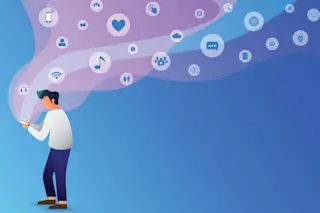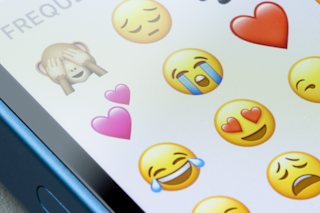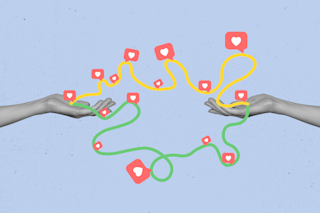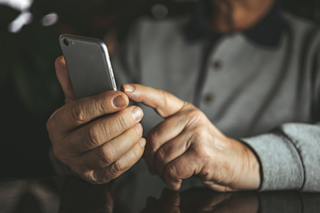If you’ve ever felt flustered by your phone, you’re not alone. People receive between around 60 and 80 daily notifications on average, and some of us may get as many as 200. These seemingly endless dings and buzzes can take a major toll on our wellbeing. Research has linked them to depression and anxiety, and they may even trigger symptoms associated with attention deficit hyperactivity disorder, or ADHD.
These outcomes may stem from the fact that frequent phone interruptions increase our cognitive load, or the amount of information processed by the working memory. We only have so much mental capacity, and the extra effort it takes to switch between tasks can exhaust us, make us more susceptible to distractions and disrupt emotional regulation. Notifications can therefore result in slower (and poorer quality) work performance. Some researchers think that the goals of a given task can even “decay from memory” when ...














